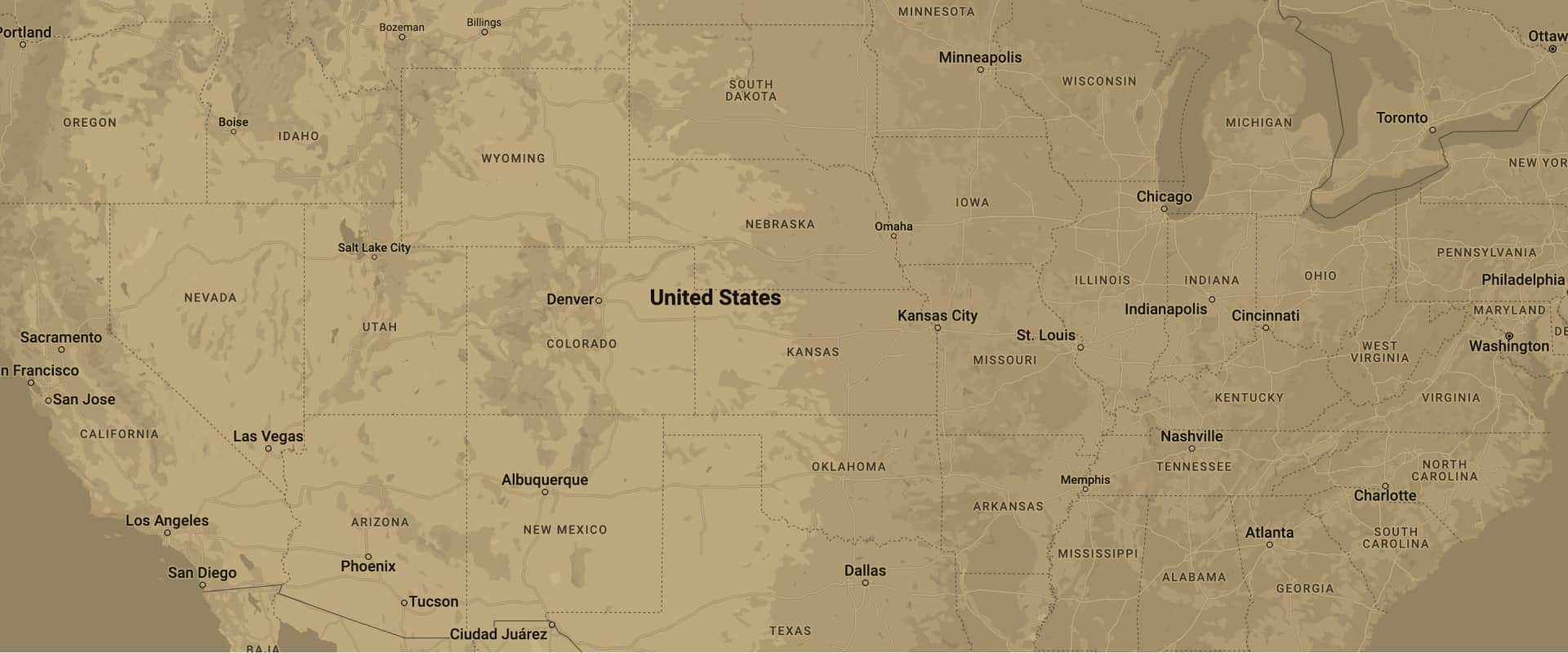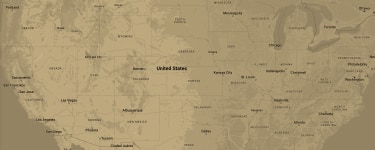Spring is a wonderful time of year. From blooming flowers, to thunderstorms, to warmer temperatures, there’s just so much to enjoy. But wait–let’s go back to that part about thunderstorms for a minute. After all, thunderstorms often produce rain–and a lot of it, quickly. One thing is for sure, if your home isn’t properly waterproofed, you’ll see quite a bit of water seepage during the spring months, and you probably won’t like where you find it.
The good news is that in most cases, you can prevent water damage in the basement and crawl spaces of your home. Whether you’ve already witnessed a leak or you want to inspect the exterior of your home for potential damage, now is the perfect time to take action. First, you’ll want to walk the exterior of your home to look for any problem drainage areas or low spots. This is a walk best done following a heavy rain, but if a storm hasn’t yet occurred, try spraying a garden hose around the exterior of your home to help you identify water entry areas. The following checklist can also help you:
- Be sure the ground surface slopes away from your home at a minimum of 5%
- Water runoff (from gutters, drains, etc.) should flow away from the foundation of your house
- Clear your gutters of debris such as leaves and sticks
- Window stripping and foundational sealants shouldn’t be loose or cracked
- Roof valleys should always be protected with flashing
- Water from sprinkler systems should not hit your house
If you adhere to the above list, you should be able to prevent quite a few water-related problems that could affect the interior of your home. It’s important to keep in mind that your crawl space grade should always be higher than any exterior surface grade in order to discourage water flow.
Once you’ve tackled the exterior of your house for any potential problem areas related to water, take some time to inspect the interior of your home. Look for signs of water damage on your ceilings, walls, and floors. If you find a problem, search for the possible source. For instance, if there seems to be water damage on the ceiling in your kitchen, inspect the roof above that spot. Is a shingle missing or damaged? Is water backed up? Perhaps a window isn’t properly sealed. Here are a few things you should look for on the interior of your home in order to help prevent water damage:
- Ensure basement and crawl space flooring is free of cracking
- Make sure areas around windows are properly weather stripped
- Check to see if water lines, such as those in your basement, have a backflow device
- Below-grade concrete walls–such as your foundation–should be damp-proofed or waterproofed
Water damage can be really frustrating. Sometimes with the spring rain comes a water problem that you weren’t prepared for. When the damage from water becomes too great, don’t try to tackle the problem yourself. Instead, call the professionals at Paul Davis to help you clean up the mess and get you back on track.











